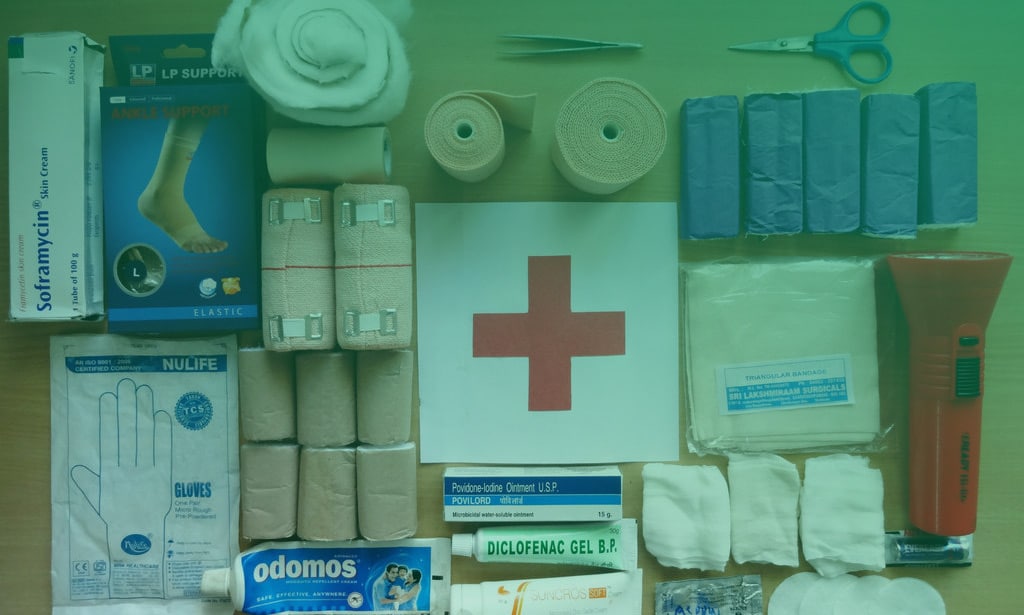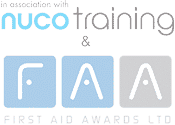In today’s unpredictable world, accidents can happen anytime, anywhere. Whether you’re at home, at work, or on a weekend getaway, having a well-equipped first aid kit can make all the difference in handling minor injuries and emergencies. Here, we’ll explore the essential items that should be in a first aid kit, ensuring you’re always prepared for the unexpected.
Accidents and injuries are a part of life, and having a well-stocked first aid kit can be a lifesaver. Whether it’s a scraped knee, a minor burn, or a sudden allergic reaction, a first aid kit can provide immediate care and prevent complications. Here, we’ll delve into the essential items that should be in a first aid kit, ensuring that you’re ready to handle common emergencies effectively.
The Importance of a First Aid Kit
A first aid kit is not just a box of supplies; it’s a safety net for you, your family, or your coworkers. It can mean the difference between a minor inconvenience and a major medical issue. Whether you’re at home, in the office, or travelling, being prepared with a first aid kit can give you peace of mind.
What Is a First Aid Kit?
Before we dive into the specifics, let’s define what a first aid kit is. It’s a collection of medical supplies and equipment used to provide initial care for injuries and illnesses. While you can buy pre-made first aid kits, it’s often a good idea to customise one to suit your specific needs and circumstances.
Basic First Aid Kit Essentials
When assembling your first aid kit, the following essential items are essential:
Plasters in Various Sizes and Shapes
Plasters are a must-have for minor cuts, blisters, and abrasions. Make sure to have different sizes and shapes to cover various wounds effectively.
Sterile Gauze Dressings
Gauze dressings are crucial for covering larger wounds and helping to control bleeding. Keep a variety of sizes in your first aid kit.
Sterile Eye Dressings
In case of eye injuries, sterile eye dressings are essential. They provide protection and support until professional medical help is available.
Triangular Bandages
Triangular bandages have multiple uses, from creating slings for broken arms to securing dressings in place.
Crêpe Rolled Bandages
Crêpe rolled bandages are ideal for providing support to sprained joints or securing dressings without adhesive.
Safety Pins
Safety pins can help secure bandages and dressings in place, making them an indispensable addition to your kit.
Disposable Sterile Gloves
Always use disposable sterile gloves when tending to wounds to prevent infection and maintain hygiene.
Tweezers
Tweezers are handy for removing splinters and foreign objects from the skin.
Scissors
Scissors are essential for cutting bandages, tape, and clothing in emergency situations.
Alcohol-Free Cleansing Wipes
Cleaning wounds properly is crucial. Alcohol-free cleansing wipes are gentle and effective for this purpose.
Thermometer
A digital thermometer allows you to monitor someone’s body temperature, which is essential for assessing their condition.
Skin Rash Cream
Creams like hydrocortisone or calendula can soothe skin irritations and rashes.
Cream or Spray for Insect Bites and Stings
Insect bites and stings can be painful and itchy. Having a remedy on hand can provide quick relief.
Antiseptic Cream
Antiseptic cream helps prevent infection in minor cuts and scrapes.
Antihistamine Cream or Tablets
Useful for allergic reactions, antihistamine cream or tablets can provide relief from itching and swelling.
Distilled Water for Cleaning Wounds
Clean wounds thoroughly with distilled water before applying dressings or antiseptic.
Eye Wash and Eye Bath
Eye wash and an eye bath are essential for flushing out foreign particles from the eye.
Additional Items to Consider
While the items listed above are fundamental, you may also want to consider including items specific to your needs, such as prescription medications, medical history records, or emergency contact information.
A well-organised and customised first aid kit is the key to being prepared for any situation. Tailor your kit to suit your environment, whether it’s for home, work, or outdoor adventures.
Training and Knowledge
Having a first aid kit is essential, but knowing how to use its contents is equally important. Consider taking a first aid course to ensure you’re prepared to provide assistance when needed.
A well-prepared first aid kit is a vital tool in your arsenal for handling life’s unexpected twists and turns. By including the essential items mentioned in this guide and customising your kit to your specific needs, you can be ready to provide immediate care and support when it matters most.
If you are interested in booking one of our first aid courses, please get in touch.




